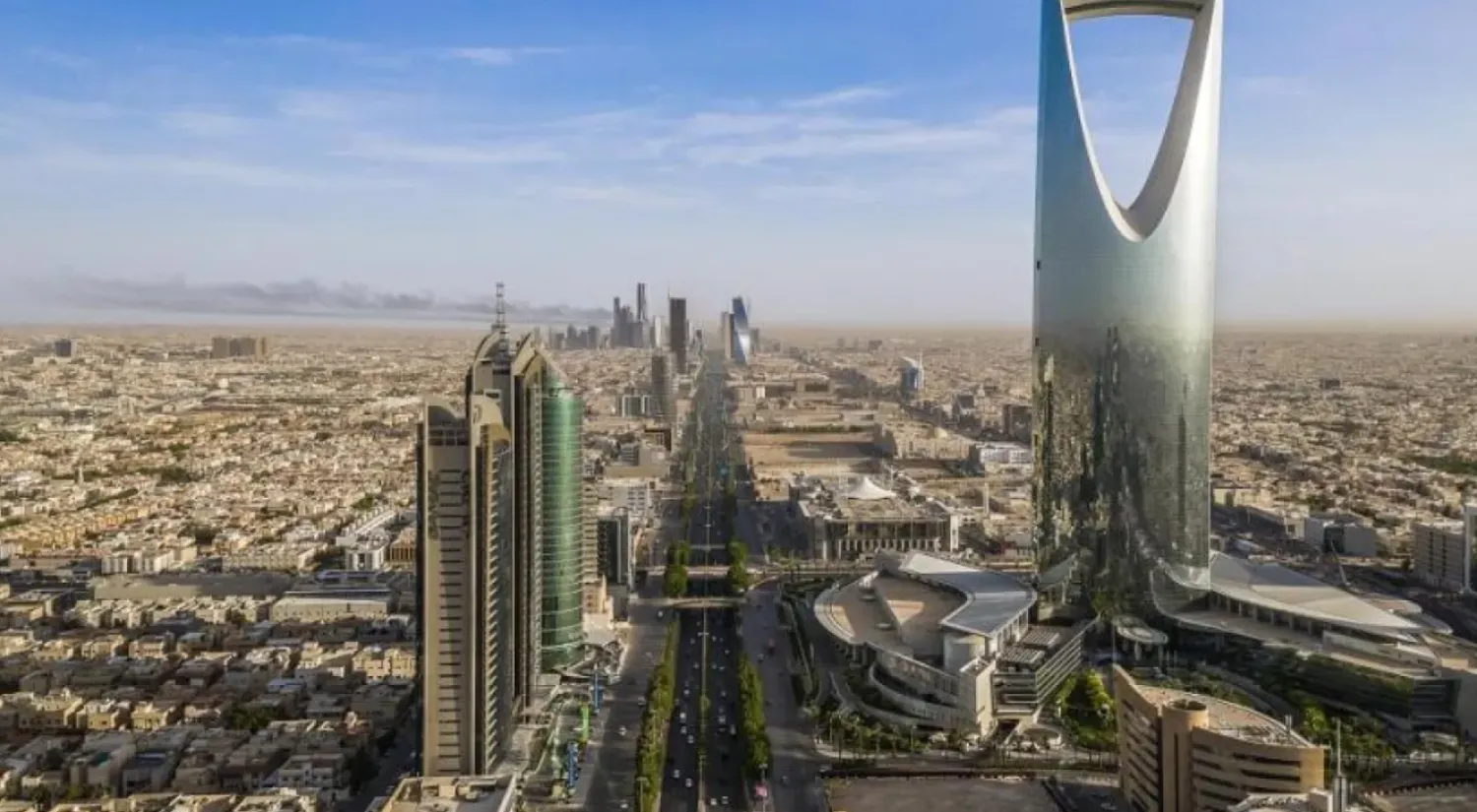Most common interpretations of the latest summer rainfalls that hit the Arabian Peninsula point out to a weather that resembles that of the early Holocene era, which debuted over 12,000 years ago.
These interpretations shared by several weather websites are based on the change in the Arabian Peninsula’s summer rainfall map, which has remarkably expanded this year, similar to what happened during the Holocene period. These changes raise an important question: is the Arab region approaching a new climatic cycle with characteristics from the past?
Around three years ago, a research project led by scientist Sebastian Luning from the Institute for Hydrography, Geoecology and Climate Sciences in Switzerland, described the climatic features of the Arabian Peninsula during the Holocene period.
In their book “Geology of the Arab World” (2019), Luning and his colleagues explained that temperatures rose globally during that period, and the Holocene climate history in north Africa and the Arabian Peninsula was remarkably affected by this global development. The high temperatures were accompanied by increasing humidity caused by the concentration of winter rainfalls in the south of the Mediterranean and its deeper impact in the south, which expanded the rainfalls. This is why that phase of the Arabian Peninsula’s history was named “The Green Desert”, during which today’s dry desert witnessed rich vegetation and heavy rainfalls.
Although the climatic events in 2022 and the early Holocene period are so similar, Luning told Asharq Al-Awsat that “classifying the weather events of this summer as a climate change requires the climatic data of at least the past three decades. Climatic changes in one or two seasons are not sufficient to conclude that the region is on the cusp of a new climatic cycle.”
“What happened is still described as weather, not climate,” he added. Climate and weather are characterized with different time periods; weather is the atmosphere conditions in a short term (one hour or day or week), while climate is measured based on the atmosphere’s conditions in the long term (few to hundreds of years).
“Returning to the ‘Green Desert’ period would be great, but we should not forget that those times were 1-3 degree warmer than today. So, if the maximum temperature of the Holocene period or the humid African period occurs again, we would see more rainfalls and higher temperatures in the Arabian Peninsula,” Luning explained.
Peter Knippertz, professor of Meteorology at the Institute of Meteorology and Climate Research, Germany, had the same opinion as his peer. “We should not compare our current situation to the Holocene period based on light summer rainfalls in one or two seasons. Many climatic factors are different today such as the carbon dioxide concentration and the overall temperatures,” he told Asharq Al-Awsat.
“Rainfalls in one or two summers are not an indicator of long-term climatic change. Confirming a climate change requires long-term meteorological observations,” he continued.
“Hopefully, these summer rainfalls do not indicate a new climatic period similar to the early Holocene period, which witnessed global increase in temperatures, because an increase of temperature and humidity would be challenging for humans living in the hot parts of the world,” he added.
Knippertz suggested that such unfamiliar phenomena would not be discussed in the forthcoming Sharm El Sheikh climate summit in November. “I believe the COP27 will focus on the long-term changes and not some occasional summer rains,” he noted.
In an interview with Al Arabiya English, Ahmed Habib, of the UAE’s National Center of Meteorology (NCM), has warned that the region should prepare for more rainfall in August caused by seasonal changes in the Intertropical Convergence Zone (ITCZ) – the region that circles the Earth, near the equator, where the trade winds of the Northern and Southern Hemispheres come together – this condition is often accompanied with increasing humidity, cumulus clouds, and heavy rainfalls.
Habib also said this will be coupled with Indian monsoons that leads to a northward shift in the low-pressure systems that create monsoon rains. Following the latest weather developments in the region, Saudi Arabia’s National Center for Meteorology announced on its official Twitter page, on August 14, that torrential thundershowers and high winds are expected in parts of Najran, Jazan, Asir and Baha regions, as well as parts of Makkah, the coastal regions, the southern parts of the eastern region, and Riyadh.
In the UAE, the National Center for Meteorology expected high chances of “local cumulus clouds, accompanied by light to moderate rainfalls that can be heavy sometimes over the eastern and northern regions, Al Ain, Al Dhafra, in addition to persisting southeastern winds loaded with dust.”
An image shared by the Omani Meteorology center showed a continuing flow of clouds of varying altitudes over most of the governorates, and drizzle over the coasts and mountains of Dhofar Governorate.









